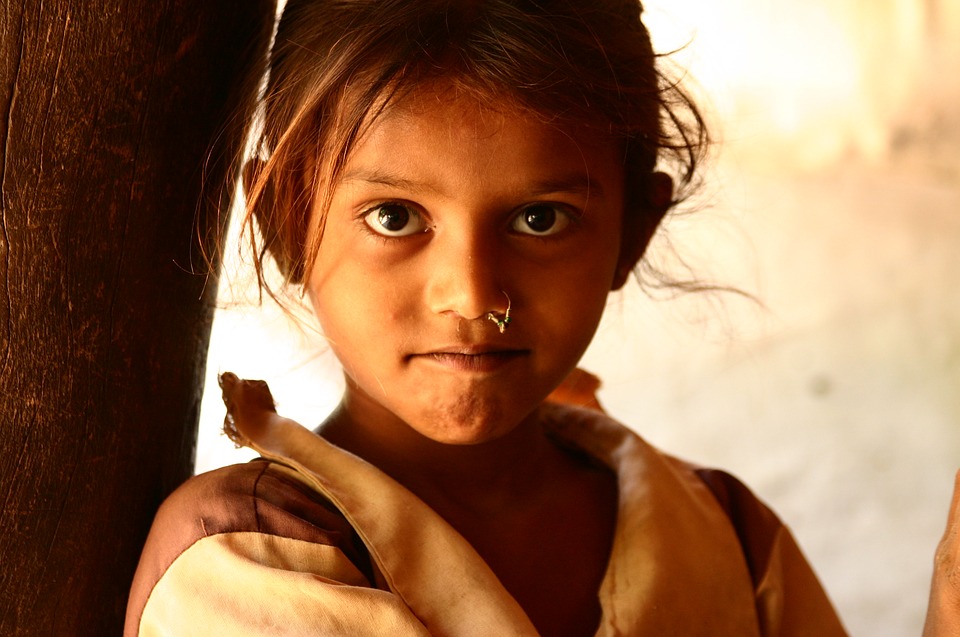Just when we think we’re moving towards development and gender equality, we’re pulled back. The economic Survey 2017-18 released some shocking statistics. India has over the course of the years produced 21 million unwanted girls. The son-preference in India, which we thought was being solved therefore is not.
The Gender-based Statistics
The reason why India has such a huge number of ‘unwanted’ girls is that families don’t stop trying until they have a boy. There are multiple issues in one with regard to this figure. 63 million girls have been classified as ‘missing’ creating a tremendous gender gap. For every 107 males born in India there are 100 females born.
Even though certain areas showed marked improvement, there is a larger animal of son-preference that is deep-rooted and needs to be tackled. The North-eastern states and Kerala seem to be among the better performers while the northern states such UP, Madhya Pradesh and Delhi are amongst the worse performers in this regard. The studies noted there was a ‘meta’ son preference in India. Even the number of women employed has reduced over time.
The root cause
The government has to reflect on the severity of the issue. We knew this issue was there, we just didn’t know it was this bad. The number scares us, really. The reasons for 21 million girls declared ‘unwanted’ is the idea that the male is the breadwinner in the family. Social conditioning and societal pressure have led to this gap. This gap isn’t going to disappear in months with new schemes by the government. It requires a deep-seated change in the minds of the people. This can only come through awareness and education.
“We know that the sex-ratio in India is highly skewed”- Arvind Subramaniam, Chief economic advisor
It’s not enough to know, something must be done. Even though sex-selection is illegal before birth, it is still done to this day. We also have to take into account, the lack of nourishment and education given to girl children in the country. Automatically 2 million girls are missing because of female foeticide, neglect, and bad nutrition.
A proper decision and process must be set up to bring change in these statistics. Despite the efforts made, these numbers still exist, the government must rethink its own outlook towards women. The only way to tackle this issue is from the bottom-up. In a country where tradition often surpasses rationality, what can be the solution?

